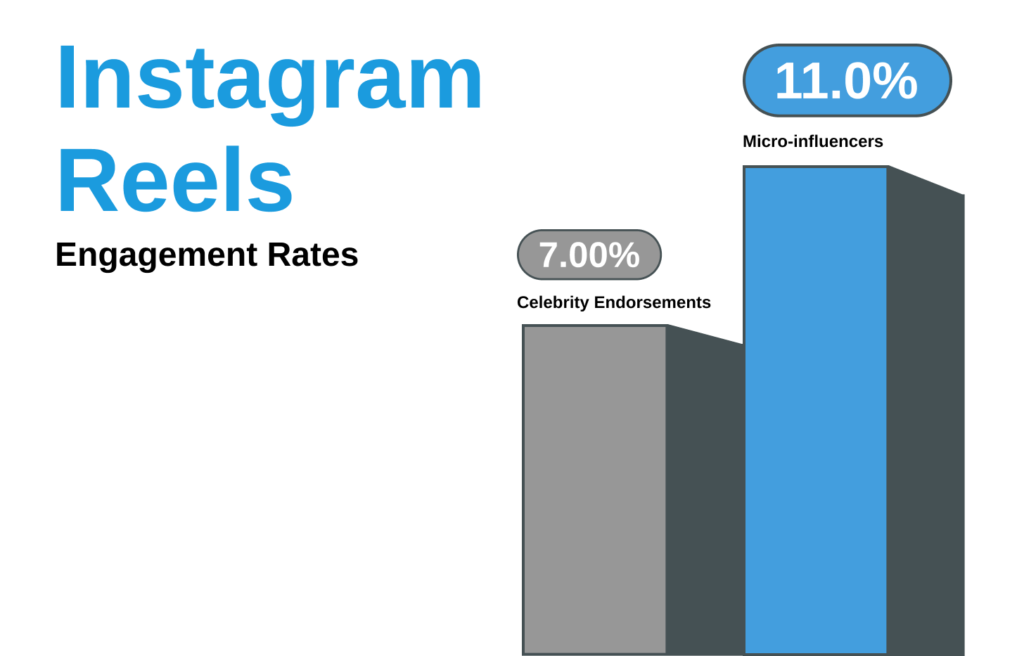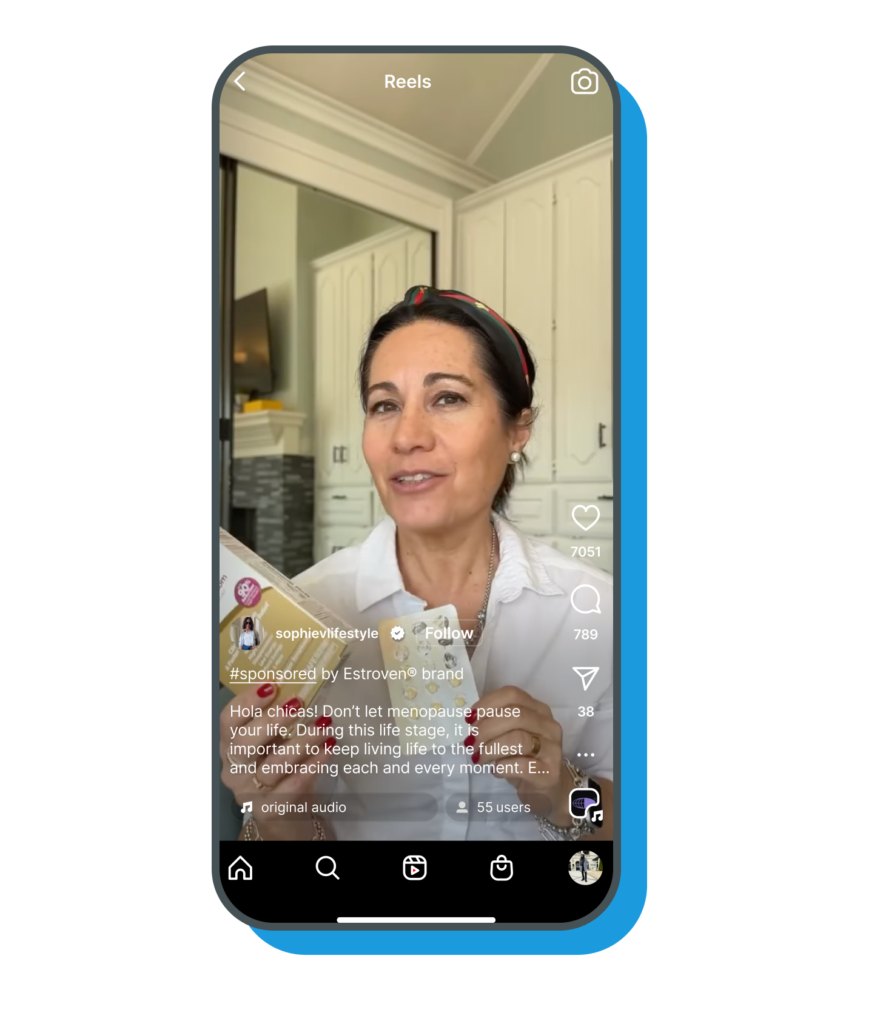


Exclusive benchmarks from People First’s brand campaigns, plus a look at 2025 influencer marketing trends.
Welcome to this month’s edition of our newsletter “If Brands Put People First” where we pop up in your inbox monthly with our analysis of campaigns, advertisements, and commercials from brands that we think could make a major impact if they used real people, with real stories, to achieve real results.
This month, we’re unveiling brand-new benchmarks based on data from over 600 creator campaigns for brand initiatives in 2024.
We’re also diving deep into the latest “trending trends” in influencer marketing to inspire real impact in 2025.
Feel free to forward this to a friend or colleague who might find it valuable!
Over the past decade, influencer marketing has exploded, with brands pouring billions into partnerships with well-known celebrities and social media figures. But as we move into 2025, a shift is emerging—one that prioritizes authenticity over reach, trust over fame, and real people over polished personas.
The Numbers Speak for Themselves, People Want to Hear From Other People
Influencer marketing has long been measured by engagement rates, and our latest benchmarks reveal a clear trend: real people—not A-list celebrities—are driving the highest levels of engagement. Our data from thousands of influencer partnerships show that everyday individuals (with 2,000 to 20,000 followers) resonate with their niche audiences and achieve an average 8.72% engagement rate, with Instagram Reels leading the pack at 11.62%. This is significantly higher than the engagement rates (between 1% and 3% average) seen with traditional celebrity endorsements, proving that relatability fosters connection.

People Are Tired of Seeing the Same Faces
Celebrity endorsements once held immense power, but consumers have grown increasingly skeptical. When a household name promotes yet another product, audiences recognize it for what it is: an ad. And with this realization comes fatigue. Instead of seeing a trusted recommendation, audiences feel like they’re being sold to—again.
In contrast, micro-influencers and everyday people bring a level of credibility that big-name stars often lack. Their endorsements feel like genuine recommendations rather than paid partnerships. People want to see individuals they can relate to—people who actually use the products they promote, who engage in meaningful conversations with their audiences, and who build trust through consistency, not celebrity status.

Even celebrities are recognizing this shift. Emma Chamberlain recently discussed it on her podcast, exploring why audiences are increasingly fatigued by celebrity endorsements.
“Famous people are always selling something… and that is sort of the job,” she acknowledges. But she also notes that “something has to change—at this point, the audience sees right through a brand deal.” She even calls out how brands impose rigid guidelines, saying, “Brands have very specific rules for what a caption should look like,” which ultimately leads to inauthentic messaging.

The Rise of Ambassador-Style Campaigns
Where does influencer marketing go from here? A trend we are noticing for 2025 is the rise of ambassador-style campaigns, where brands partner with specialized micro-influencers to post multiple times about a product or service. Unlike one-off sponsored posts, these long-term collaborations feel more organic and authentic, leading to stronger brand loyalty and higher conversion rates.
Brands that embrace this model will demonstrate their commitments to;
What This Means for Brands
If brands want to stay ahead in 2025, they need to rethink their influencer strategies. The days of one-and-done celebrity endorsements are fading. Instead, brands must invest in relationships with real people who create meaningful content and foster genuine connections with their audiences.
This is the future of influencer marketing: real people, real stories, real impact. Will brands adapt, or will they be left behind?
That’s the power of putting people first in your marketing.